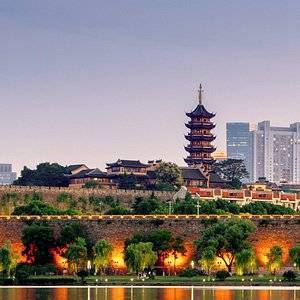Health
Kilimanjaro Altitude Sickness
Altitude Challenges: How to Prepare, Prevent, and Stay Safe
Climbing Kilimanjaro doesn’t require ropes, but altitude sickness is the biggest challenge. As oxygen thins, symptoms may appear, some mild, others serious. With preparation, pacing, and awareness, you can adapt safely. This guide explains what altitude sickness is, signs to watch, and prevention tips.
What Happens to Your Body at High Altitude
The air on Kilimanjaro feels different the higher you go—not because there’s less oxygen in the atmosphere (it’s still 20.9%) but because the air pressure decreases. This means every breath you take delivers fewer oxygen molecules to your lungs.
- At the summit, oxygen is reduced by almost half compared to sea level.
- The body reacts by breathing faster, increasing heart rate, and producing more red blood cells.
- These adjustments, known as acclimatization, take time, and rushing the climb increases your risk of altitude sickness.
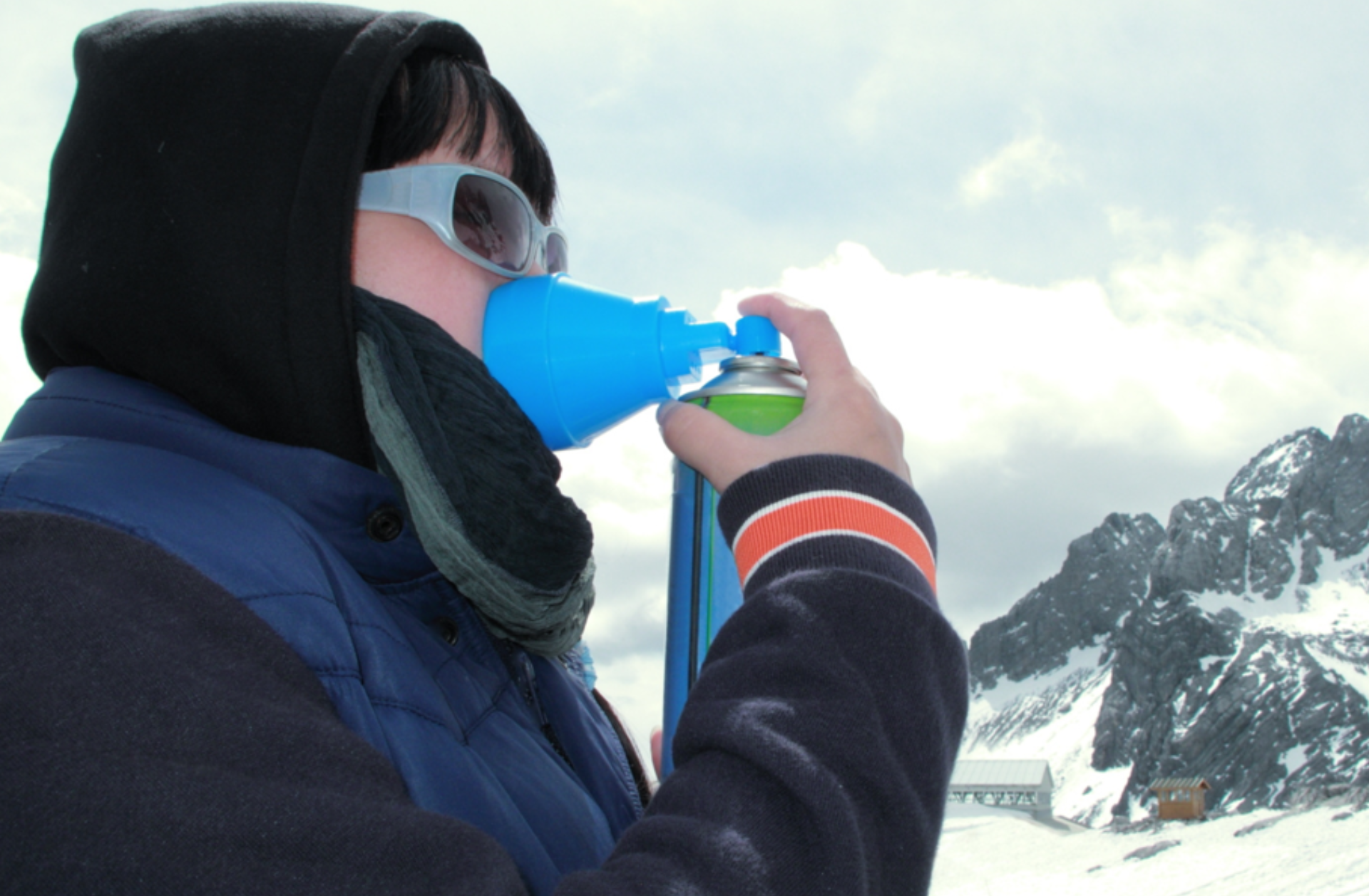
Types of Altitude Sickness on Kilimanjaro
Altitude sickness is not one single condition. It ranges from mild discomfort to life-threatening illnesses. Here are the main types:
- Acute Mountain Sickness (AMS)
Many trekkers above 3,000 meters experience the most common form of Kilimanjaro Altitude Sickness.
- Mild AMS: Feels like a hangover—headache, nausea, fatigue, and reduced appetite. Rest, fluids, and slow climbing usually resolve it.
- Moderate AMS: More intense symptoms like vomiting, dizziness, and difficulty sleeping. At this stage, you may need to descend.
- Severe AMS: Can be life-threatening, confusing, inability to walk correctly, and extreme fatigue. Immediate descent is mandatory.
- High Altitude Pulmonary Edema (HAPE)
This occurs when fluid builds up in the lungs, making breathing extremely difficult. It can happen suddenly and even without apparent AMS symptoms.
Warning signs:
- Breathlessness even at rest
- Persistent cough (sometimes with pink froth or blood)
- Blue lips or fingernails
- Extreme tiredness, confusion, or collapse
HAPE is a medical emergency; oxygen and immediate evacuation are essential.
- High Altitude Cerebral Edema (HACE)
A rare but hazardous condition where fluid accumulates in the brain. It often develops after untreated AMS.
Warning signs:
- Severe confusion or irrational behavior
- Hallucinations, talking nonsense, or unusual drowsiness
- Loss of coordination, staggering, inability to walk
- Severe headache with nausea and vomiting
HACE requires urgent descent and medical treatment—without action, it can be fatal.
|
Condition |
Key Symptoms |
Severity |
Action Required |
|
AMS (Mild to Severe) |
Headache, nausea, fatigue, poor sleep, dizziness |
Common, usually manageable |
Rest, hydrate, eat carbs; descend if symptoms worsen |
|
HAPE |
Breathlessness at rest, cough with froth, blue lips |
Severe, life-threatening |
Immediate descent, oxygen, emergency evacuation |
|
HACE |
Confusion, hallucinations, loss of coordination, severe headache |
Severe, life-threatening |
Immediate descent, oxygen, urgent medical help |
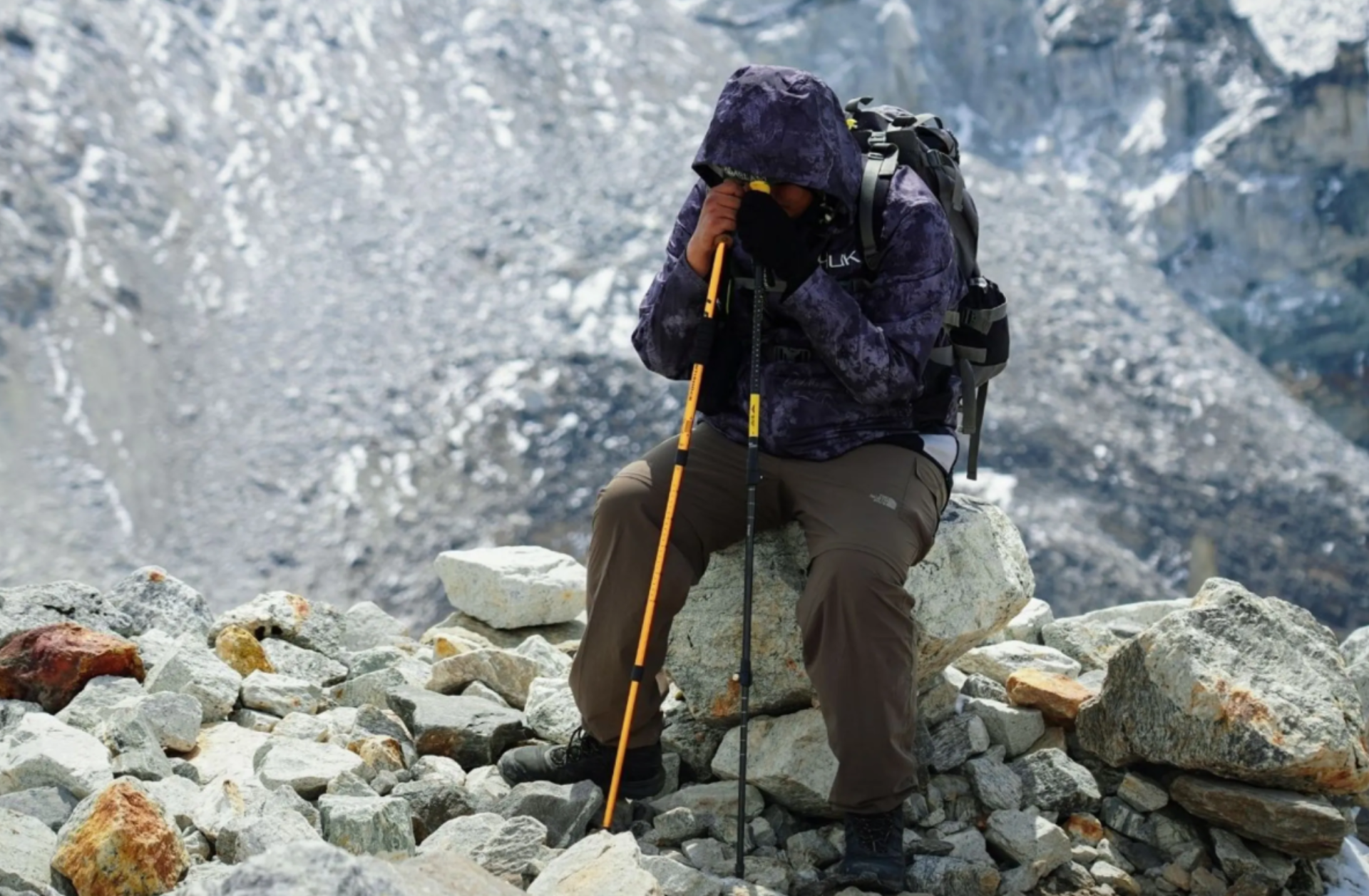
How Guides Monitor Altitude Sickness
On Kilimanjaro, safety is always the top priority. Professional guides conduct daily health checks to ensure no symptoms are overlooked.
- Pulse oximeter checks for oxygen saturation and heart rate
- Symptom discussions (headaches, appetite, sleep, and energy levels)
- The Lake Louise Scoring System is used to measure the severity of symptoms and guide decisions
- Emergency oxygen and stretchers are available, and helicopter rescue can be arranged if needed
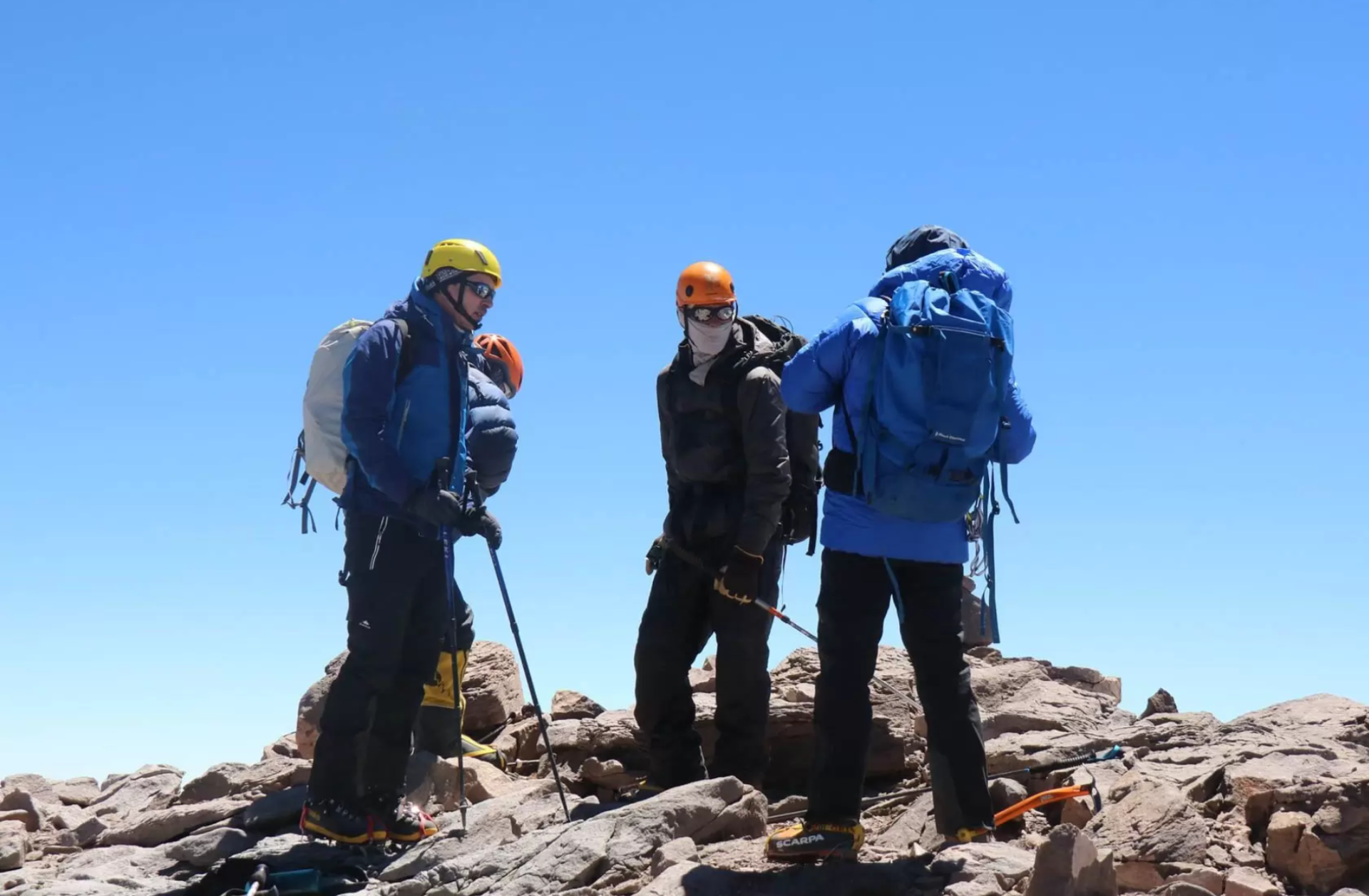
Acclimatization: Giving Your Body Time to Adjust
Acclimatization is your body’s way of adapting to reduced oxygen. It doesn’t happen overnight, but gradually as you ascend.
Some necessary adjustments your body makes include:
- Increases breathing rate to take in more oxygen
- Produces more red blood cells to carry oxygen
- Slightly reduces plasma volume to thicken blood
- Adjusts kidney function to regulate body chemistry
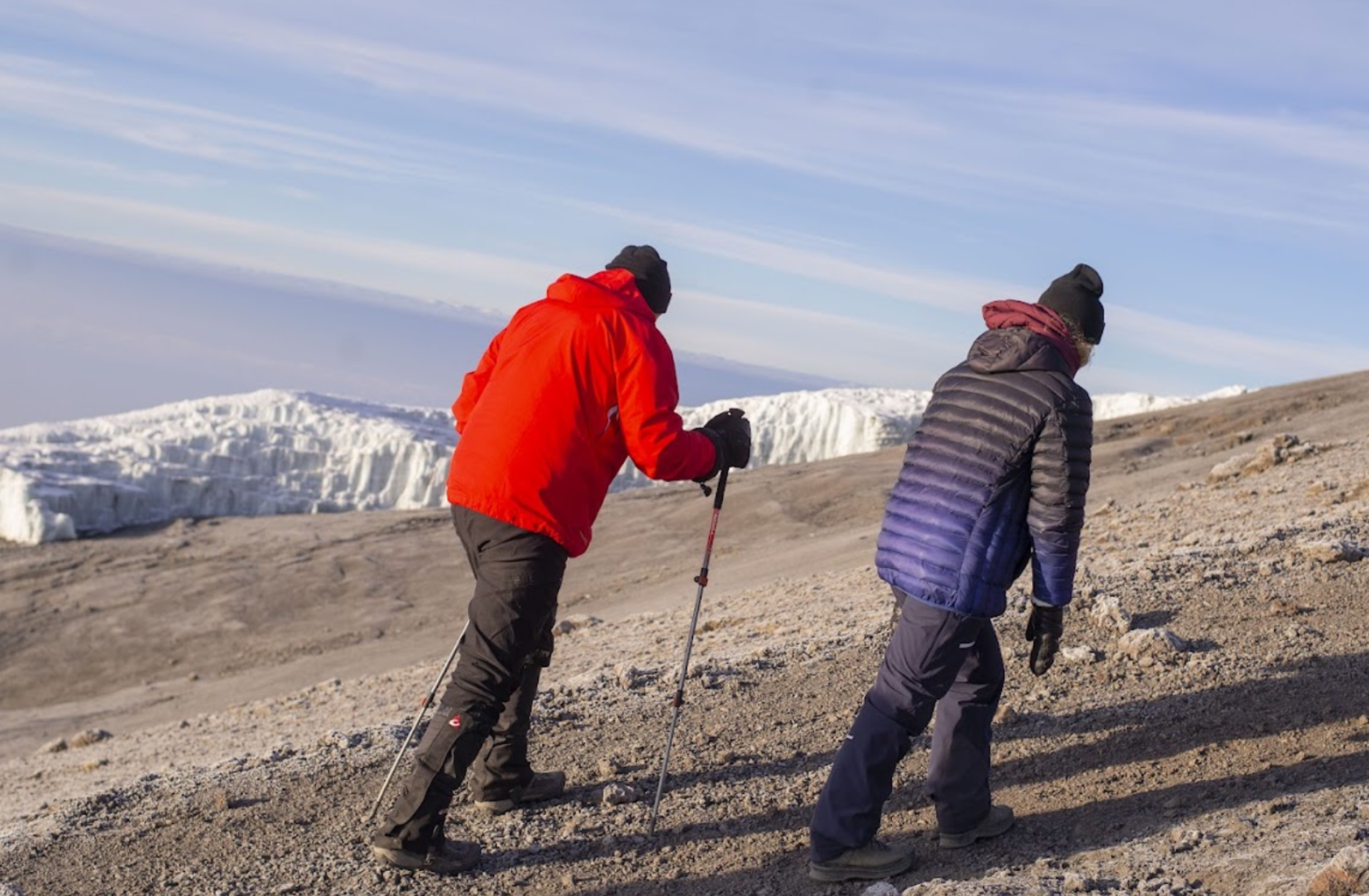
Best acclimatization strategies
- Choose longer routes such as Lemosho or Northern Circuit (7–9 days)
- Follow “hike high, sleep low”—climb to a higher point during the day, then descend slightly to sleep lower
- Take rest days when built into the itinerary
- Consider Diamox (acetazolamide), a medication that speeds up acclimatization—ask your doctor beforehand
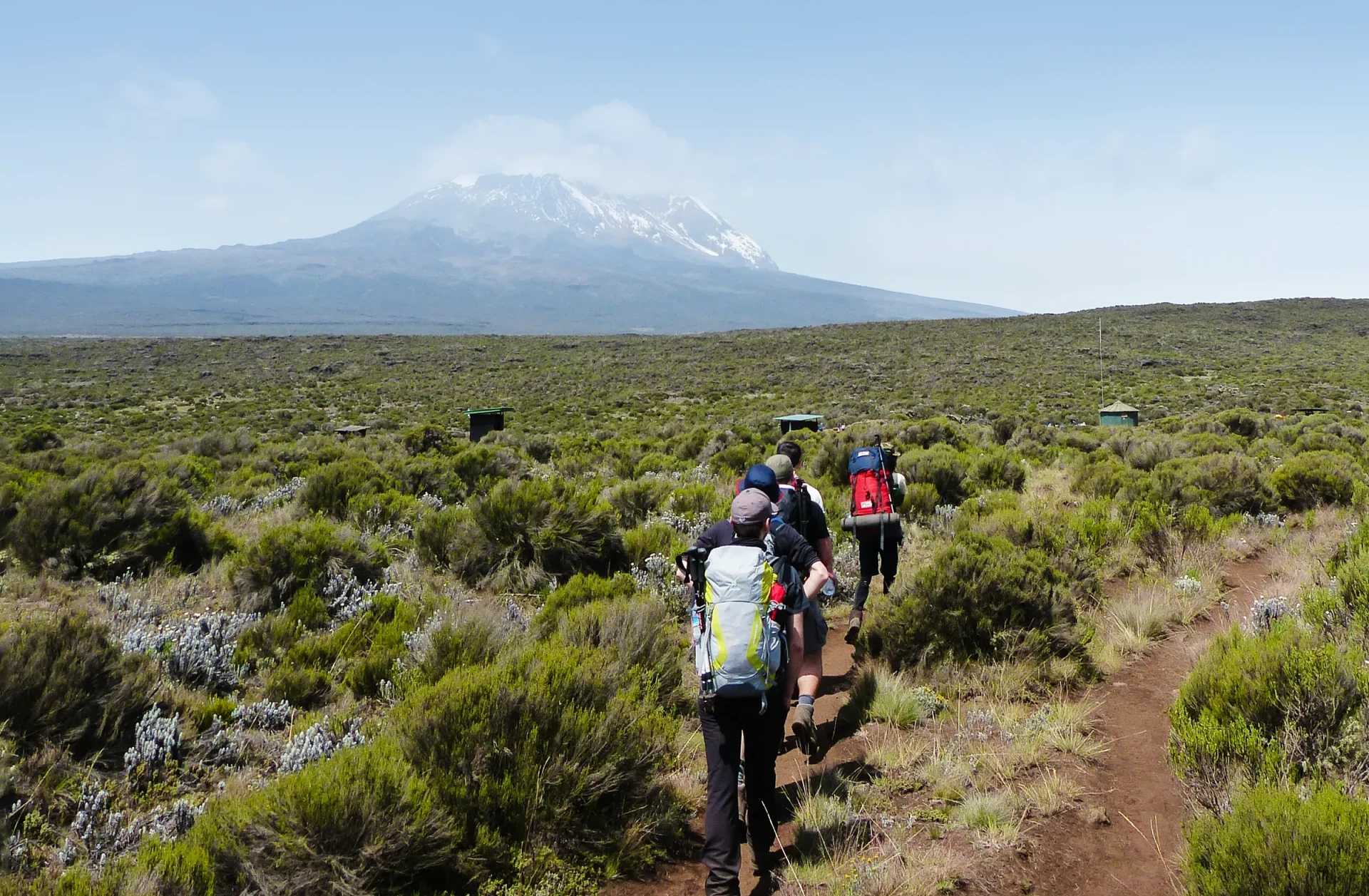
How to Prevent Altitude Sickness on Kilimanjaro
Some strategies you can follow to prevent altitude sickness on Kilimanjaro are as follows:
- Climb slowly: Follow the guides’ advice—“Pole pole” (slowly, slowly).
- Stay hydrated: Drink 3–4 liters of safe, purified water daily.
- Eat well: Carbohydrates are the best fuel at altitude—rice, pasta, bread, and fruits.
- Avoid alcohol and sleeping pills: These depress breathing and worsen acclimatization.
- Don’t ignore symptoms: Always report headaches, nausea, or fatigue to your guide.
- Rest properly: Good sleep helps your body recover and adjust.
- Stay warm and dry: Cold stress can make altitude symptoms worse.
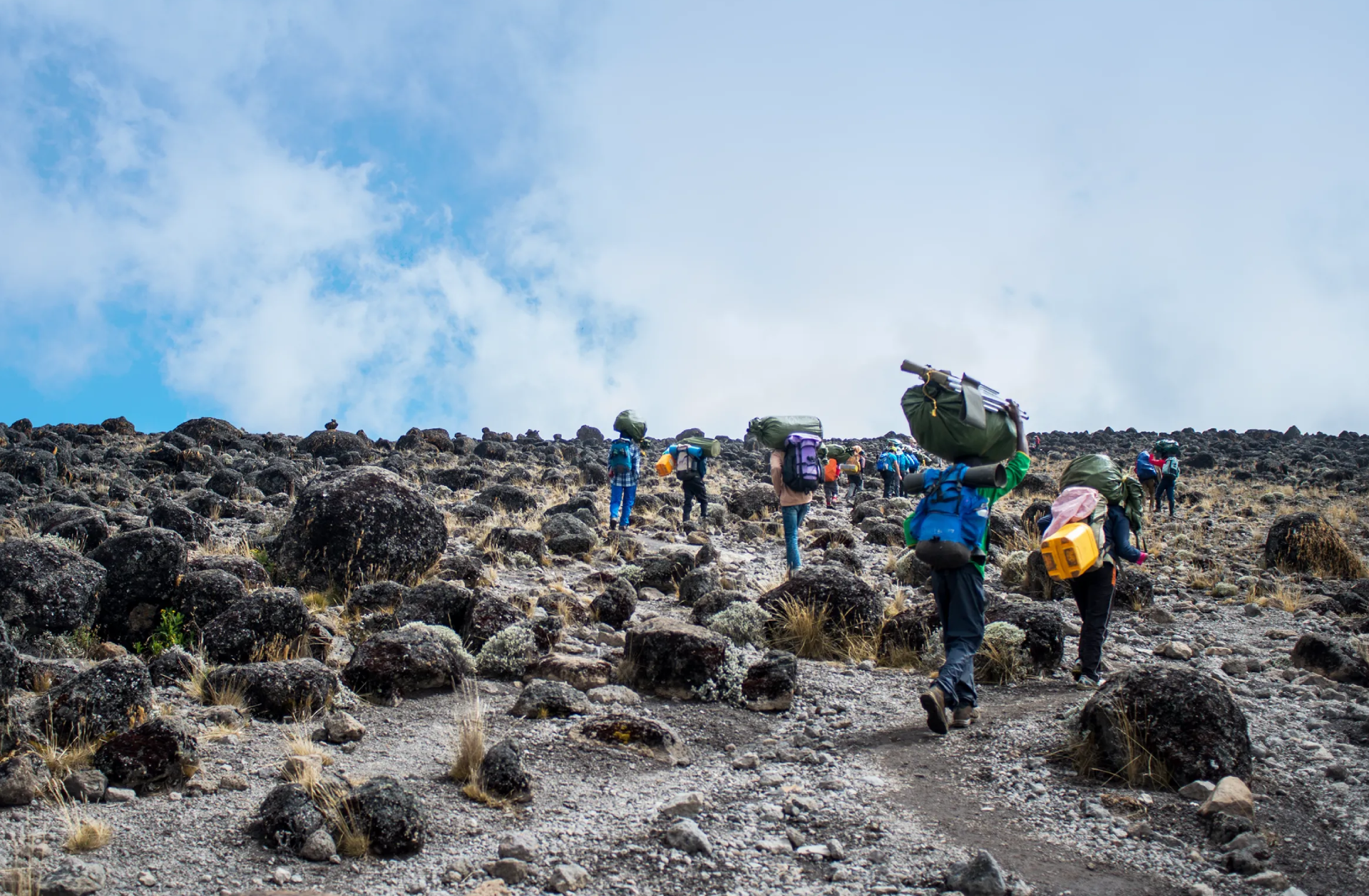
Other Health Considerations While Climbing
Sleep Disturbances
Uneven breathing patterns (Cheyne-Stokes) are common at altitude. It feels uncomfortable, but it isn’t usually dangerous. Diamox can sometimes help regulate it.
Hypothermia
Temperature drops dramatically at night. Avoid wet clothes, layer properly, and keep warm in your sleeping bag.
Sun Protection
UV rays are harsh at higher altitudes. Always use SPF 40+ sunscreen, wear a hat, and use UV-protective sunglasses to avoid snow blindness.
Stomach Issues
Before the climb, avoid street food and untreated water. On the mountain, food and water are prepared hygienically, but always wash your hands and use sanitizers before eating.
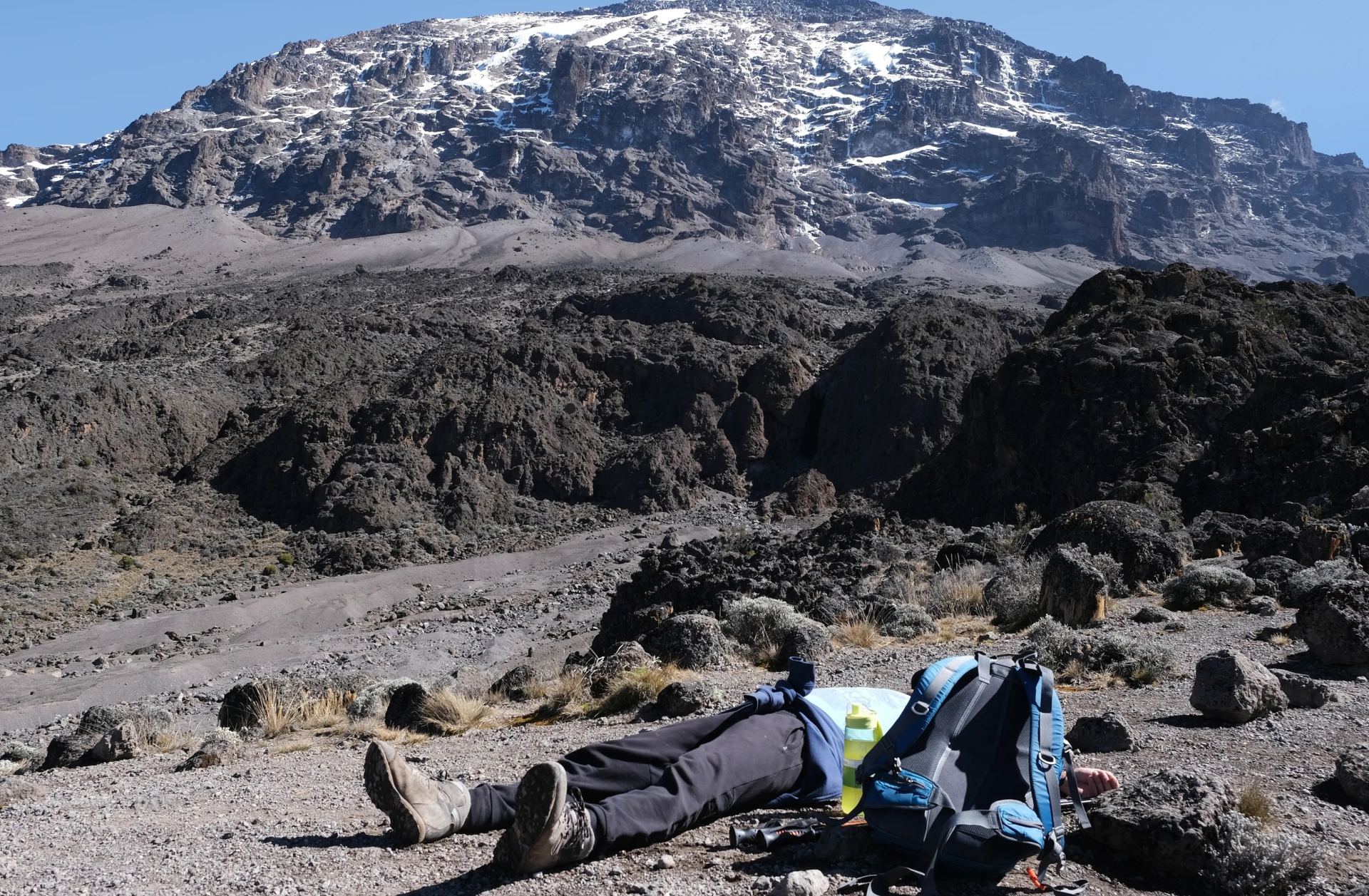
Emergency Safety on Kilimanjaro
Every Kilimanjaro Expedition includes strict safety protocols:
- Daily medical monitoring by certified guides
- Portable oxygen tanks available in case of emergency
- Stretchers provided by Kilimanjaro National Park for descent
- Access to helicopter evacuation if required
Being prepared and listening to your guides ensures that even if altitude sickness occurs, it can be managed safely.
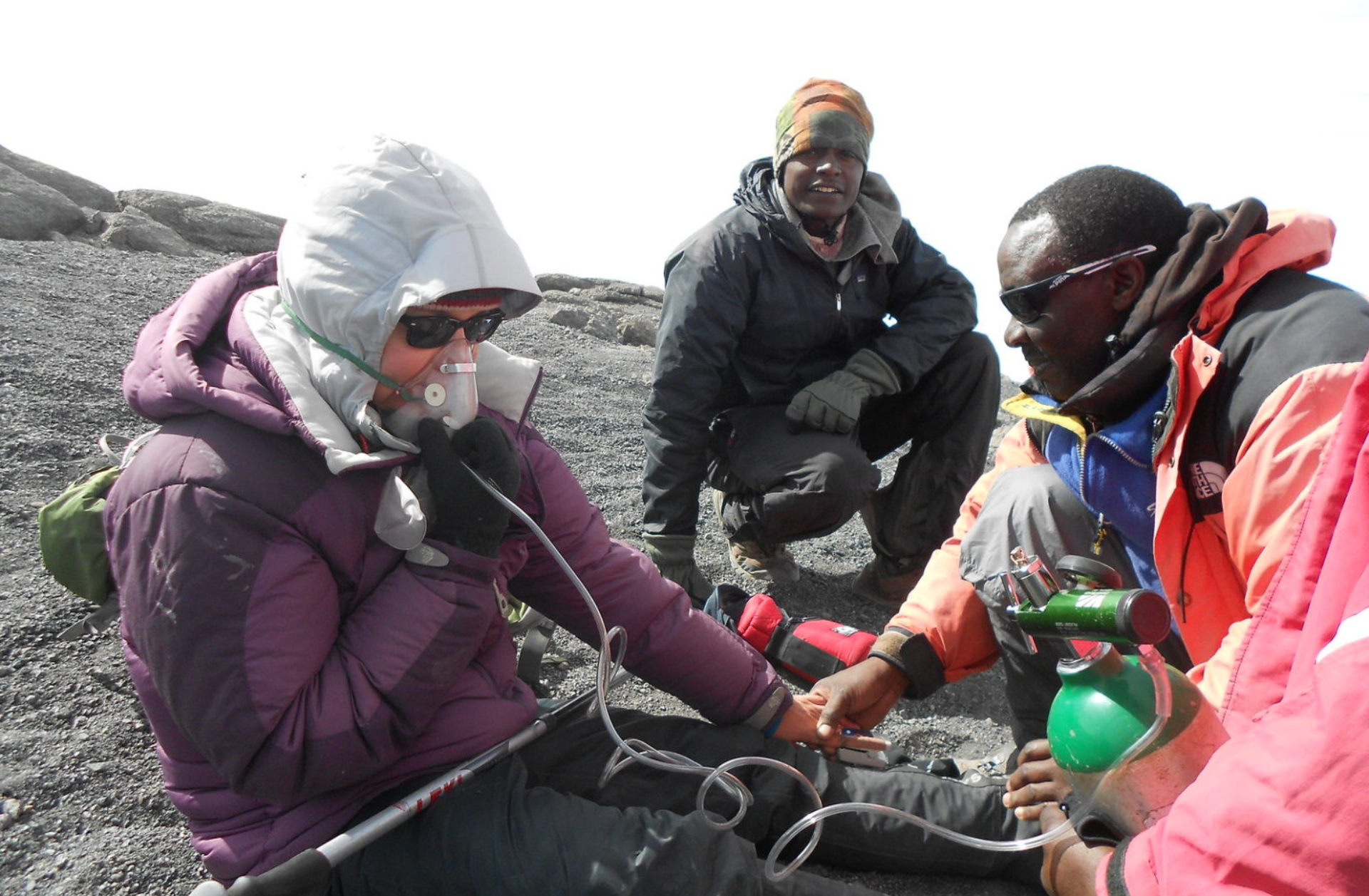
Staying Strong at High Altitude
Altitude sickness is the most significant challenge on Mount Kilimanjaro—but it doesn’t have to prevent you from reaching the summit. The key lies in knowledge, patience, and preparation. By climbing slowly, drinking plenty of water, eating well, and paying attention to your body’s signals, you give yourself the best chance of success. With experienced guides and a good acclimatization plan, most climbers adapt safely and proudly stand on the Roof of Africa.
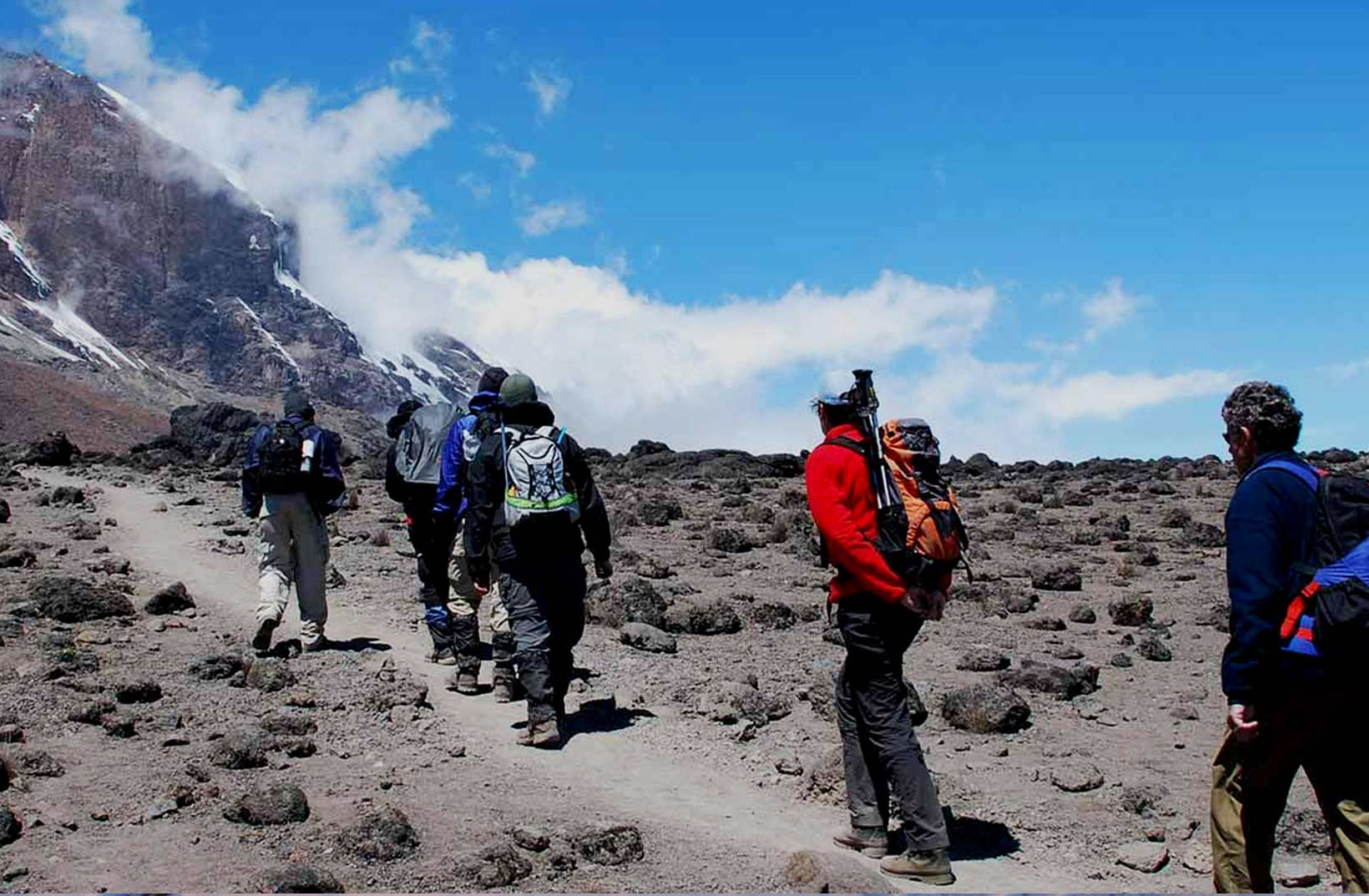
A Complete Travel Guide for Your Mount Kilimanjaro Adventure
Planning your Kilimanjaro climb goes beyond choosing a route. It’s about timing, preparation, costs, and even the food that fuels you. Our guides help you understand every detail, making your journey safe, enjoyable, and truly rewarding from start to summit.

Best Time
Discover ideal months for climbing Kilimanjaro’s stunning trails.

Climbing Cost
Learn the actual expenses behind a Kilimanjaro adventure.

Kilimanjaro FAQs
Find quick answers to common trek preparation questions.
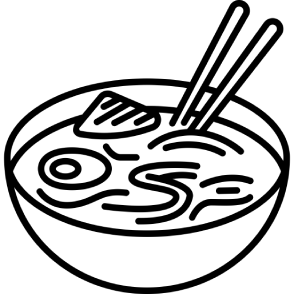
Climbing Foods
Explore the meals that fuel trekkers on the mountain.
Creating Your Dream Safari, The Way You Want it
Kingse Safaris Africa offers customized tours tailored to your needs. Everything about your trip can be altered to suit your travel style, from the activities to the schedule. Join us and design your dream journey with us!
